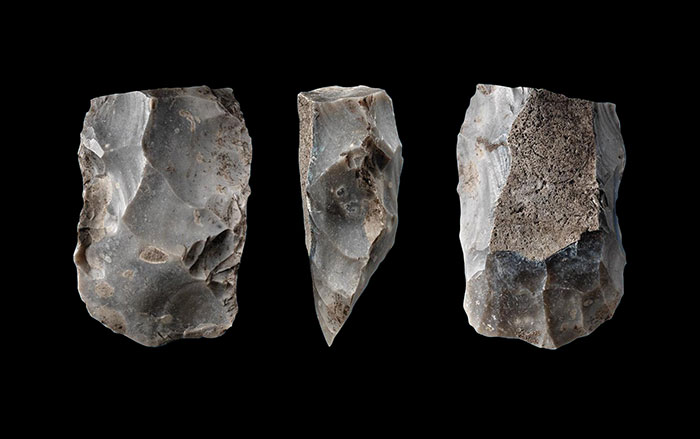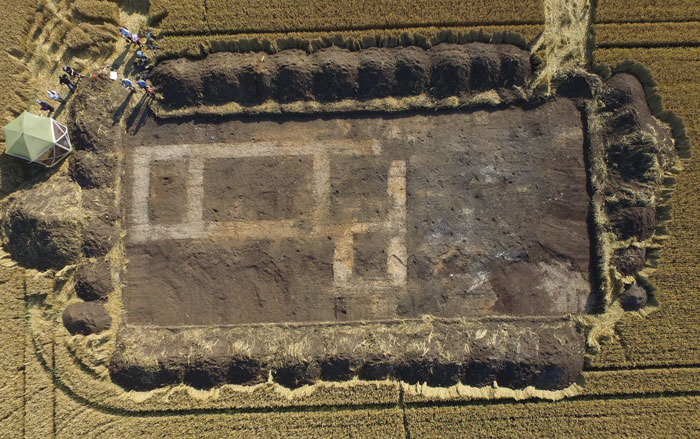
HEFEI, CHINA—According to a statement released by the University of Science and Technology of China, Yang Yuzhang and his colleagues analyzed pottery fragments from the Neolithic site of Qujialing, which is located in the Yangtze River region of central China. Although rice dominated the diet, the researchers also detected traces of job’s tears, a type of millet; lotus roots; acorns; Chinese yam; and legumes on the sherds. Archaeological evidence also indicates that lotus roots were a staple food, and were likely collected from abundant local resources. As agriculture developed, however, and the practice of growing millet and other crops spread from northern China to the south, the reliance on gathered foods such as acorns decreased. Read the original scholarly article about this research in Frontiers in Plant Science. To read about the adoption of domesticated crops in the regional cuisines of Bronze Age China, go to "You Are How You Cook."











